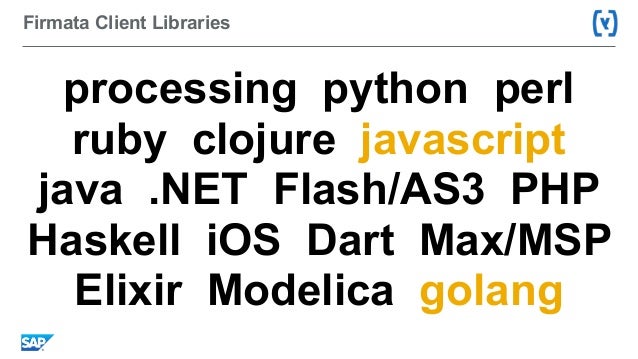example interrupt (5)
What is the equivalent of Serial. To determine your pyserial version, do this: import serial. Is ubiquitous in Arduino C serial communications. Installing Python + Pyserial to Windows. First you have ton install Python on your computer. Python setup.py install. Now you have installed Python + Pyserial. Reading Arduino serial ports with Pyserial.
You need to convert your data to a string
Null characters are not a problem in Python -- strings are not null-terminated the zero byte behaves just like another byte 'x00'.
One way to do this:
serial.write() method in pyserial seems to only send string data. I have arrays like [0xc0,0x04,0x00] and want to be able to send/receive them via the serial port? Are there any separate methods for raw I/O?
I think I might need to change the arrays to ['xc0','x04','x00'], still, null character might pose a problem.
An alternative method, without using the array module:
Python Tutorial
Edit Jan 29 2013: This site has gained some significant traffic, according to google. If you search 'pyserial tutorial' this page is 3rd up. So hence I will edit and make it a bit more understandable, seems like there is actually a need for this!
This tutorial describes the process of connecting to a spectrometer over serial port, and writing a python program to automate collection of data. Normally we would need to enter in the wavelength and acquire the (transmittance/absorbency/concentration) result manually. Since the spectrometer has a serial port, we can write a program that automates this process. In order for python to be able to talk to the spectrometer, we need to get pySerial, which extends Python's capabilities to include interacting with a serial port.
In this python tutorial, I will explain how to:
- How to configure Python and pySerial
- Verify serial port communication, with a spectrometer device
- Write some functioning code in Python and use the spectrometer
Part 1: Setup Python and pySerial
This part mostly involves installing Python and pySerial, which the latest versions can be downloaded from their respective google searches.
The installation process for both of these tools are relatively trivial. Especially Python.
For pySerial, you're looking for a file that's something like pyserial-2.6.tar.gz. That can be grabbed from here. So after you've downloaded and extracted the folder to C:Python32Libsite-packages, go to the folder with cmd.exe to where setup.py is located, and type python setup.py install. That's it. If I manage to lose you on the way, see their official documentation here.
Part 2: Communicating with your device via serial port.
Obviously I'm assuming you have some sort of a USB to serial device, or a serial port built in. The USB to serial device I used was from Texas Instrument, and it requires their proprietary driver to setup. I'll assume you can figure the driver installation part on your own.
Now you need to know two things:
- What kind of commands your serial device supports. This depends on what device you're using, so I'll assume you can find proper documentation - for something among the line of a bunch of commands and their operands. Oh and make sure you know what the baud rate is! Otherwise you can't establish communication no matter what.
- What kind of API calls can accomplish that. All the API interface documentation for pySerial can be located here.
Now we need verify communication works. I will post one code example from my programming below, in part 3. It is what I used to verify that my setup works correctly. There is additional code examples here on the official pySerial documentation page.

Part 3: Code in Python
Picture of my python develop environment in eclipse.
This code is not available on my github. I was not using version control when I developed this. Though I should have. I will do a step by step analysis of my code and guide you through what each part is doing. This is the code I have written (with thanks to Christophe Biocca for his help!):
This is more or less the main object code that you'd need to interact with a spectrometer and all its functions. Very poorly documented, I apologize. Anyhow, hopefully you see enough from this Python and pySerial tutorial to get started.
Oh and by the way, I wrote a GUI with TKInter that simply is a box which prompts the user for a starting, jump amount, and ending wavelength. Actual range is 350 to 900 nm. I won't be posting this code for sake of relevancy to the topic on hand.
But here's what the simple interface looks like:
Pyserial Examples
It also outputs the measurements to a CSV file which can then be imported to a data analysis software package like Excel or R to analyze.
Thank you for reading and I hope you have found it useful.
Calculo de una variable pdf. Jason Sun